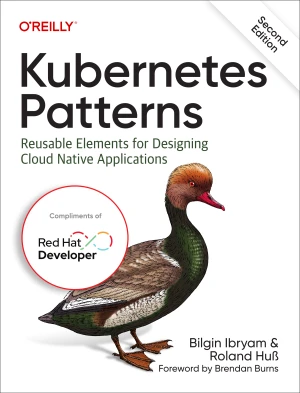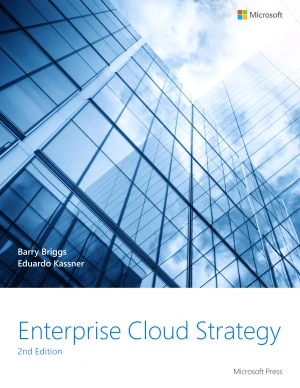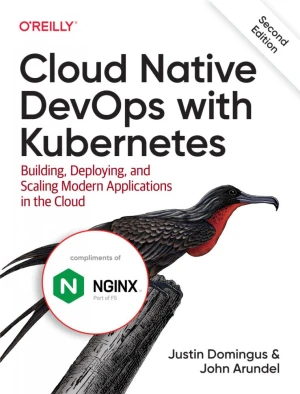Cloud Design Patterns
Prescriptive Architecture Guidance for Cloud Applications
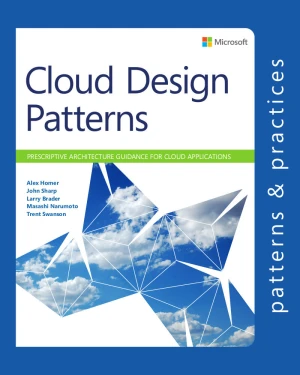
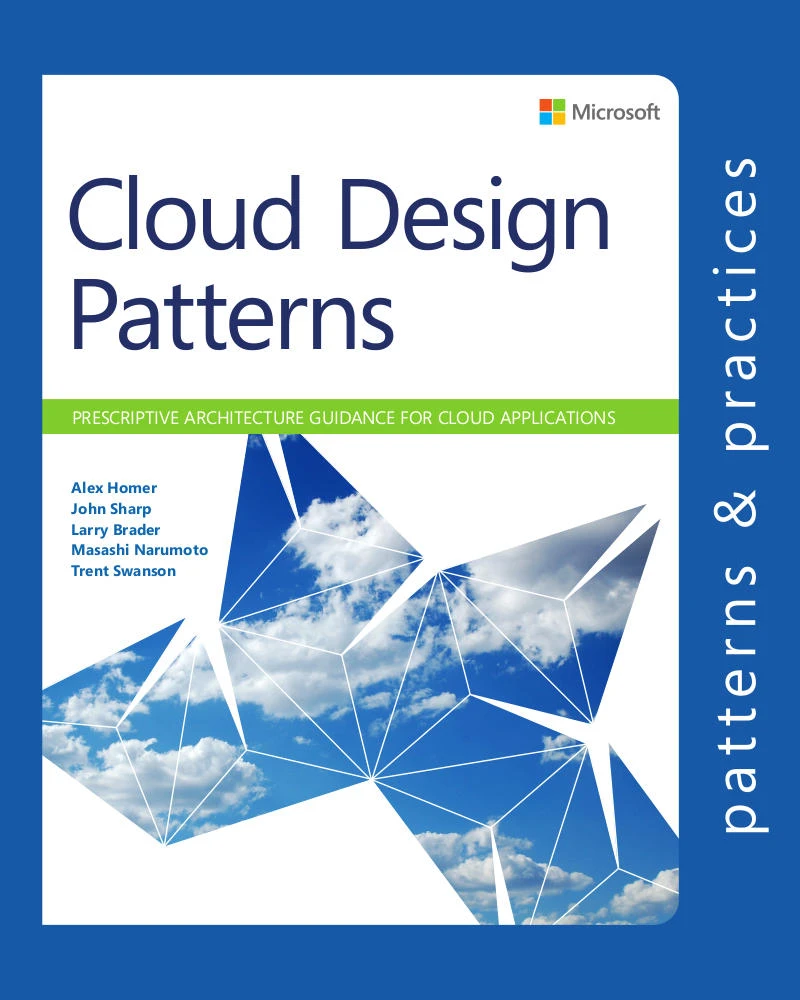
Book Details
| Authors | Alex Homer, John Sharp, Larry Brader, Masashi Narumoto, Trent Swanson |
| Publisher | Microsoft Press |
| Published | 2014 |
| Edition | 1st |
| Paperback | 236 pages |
| Language | English |
| ISBN-13 | 9781621140368 |
| ISBN-10 | 1621140369 |
| License | Open Access |
Book Description
Cloud applications have a unique set of characteristics. They run on commodity hardware, provide services to untrusted users, and deal with unpredictable workloads. These factors impose a range of problems that you, as a designer or developer, need to resolve. Your applications must be resilient so that they can recover from failures, secure to protect services from malicious attacks, and elastic in order to respond to an ever changing workload. This guide demonstrates design patterns that can help you to solve the problems you might encounter in many different areas of cloud application development. Each pattern discusses design considerations, and explains how you can implement it using the features of Windows Azure. The patterns are grouped into categories: availability, data management, design and implementation, messaging, performance and scalability, resilience, management and monitoring, and security. You will also see more general guidance related to these areas of concern. It explains key concepts such as data consistency and asynchronous messaging. In addition, there is useful guidance and explanation of the key considerations for designing features such as data partitioning, telemetry, and hosting in multiple datacenters. These patterns and guidance can help you to improve the quality of applications and services you create, and make the development process more efficient.
This book is published as open-access, which means it is freely available to read, download, and share without restrictions.
If you enjoyed the book and would like to support the author, you can purchase a printed copy (hardcover or paperback) from official retailers.
Download and Read Links
Share this Book
[localhost]# find . -name "*Similar_Books*"
Managing Cloud Native Data on Kubernetes
Is Kubernetes ready for stateful workloads? This open source system has become the primary platform for deploying and managing cloud native applications. But because it was originally designed for stateless workloads, working with data on Kubernetes has been challenging. If you want to avoid the inefficiencies and duplicative costs of having separa
Architecture Patterns with Python
As Python continues to grow in popularity, projects are becoming larger and more complex. Many Python developers are taking an interest in high-level software design patterns such as hexagonal/clean architecture, event-driven architecture, and the strategic patterns prescribed by domain-driven design (DDD). But translating those patterns into Pytho
Kubernetes Patterns, 2nd Edition
The way developers design, build, and run software has changed significantly with the evolution of microservices and containers. These modern architectures offer new distributed primitives that require a different set of practices than many developers, tech leads, and architects are accustomed to. With this focused guide, Bilgin Ibryam and Roland H
Enterprise Cloud Strategy, 2nd Edition
Enterprise Cloud Strategy - Guidance for enterprises looking for proven methods to take their application portfolio to the cloud. What if you were able to achieve both efficiency and innovation in all business domains and applications across your entire portfolio? What if you could take advantage of the cloud and all of its resources and features t
Cloud Native DevOps with Kubernetes, 2nd Edition
Kubernetes has become the operating system of today's cloud native world, providing a reliable and scalable platform for running containerized workloads. In this friendly, pragmatic book, cloud experts Justin Domingus and John Arundel show you what Kubernetes can do-and what you can do with it. This updated second edition guides you through the gro
Web Accessibility for Developers
Web Accessibility for Developers is a technical resource aimed primarily at programmers. Learn how to develop accessible interactivity on the Web and gain expertise using WAI-ARIA, a W3C specification that enables optimal use of assistive technologies, like screen readers, when navigating the Web. By the time you complete this book, you should be a



